Advertisement
However, the effects are still modest, at best

Advertisement
Cleveland Clinic is a non-profit academic medical center. Advertising on our site helps support our mission. We do not endorse non-Cleveland Clinic products or services. Policy
Cleveland Clinic has long offered hemispherectomy for severe epilepsy associated with Rasmussen encephalitis (RE). Now, our pediatric epilepsy and immunology specialists are teaming up to offer immune modulatory therapy to help children with RE who are not favorable candidates for surgery.
RE is a unique inflammatory disorder of the brain that leads to progressive destruction of one hemisphere. Typical manifestations include drug-resistant epilepsy, progressive hemiparesis and cognitive/language deficits.
The precise etiology of RE remains unknown, but immune-mediated injury is considered central in the pathogenesis. Evidence suggests neuronal and astrocyte injury mediated by granzyme B-expressing T cells. Similarities in the histopathological changes between RE and viral encephalitis have long suggested possible viral infection as an initiating event, leading to an inflammatory cascade over the entire hemisphere. This hypothesis remains viable, but no specific viruses have been found to date.
RE typically affects children between 5 and 7 years of age. Patients often present with motor seizures that quickly become medically refractory; many patients also develop epilepsia partialis continua. Over several months, motor and cognitive deficits due to hemispheric injury ensue (Figure 1).
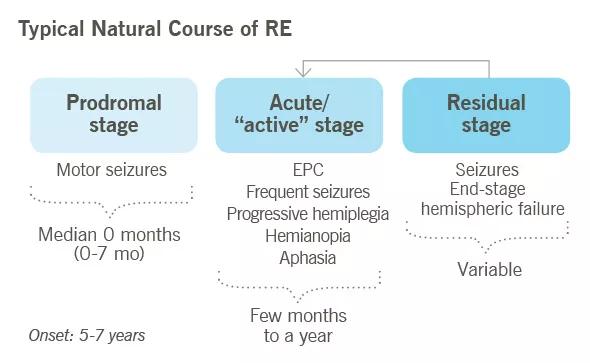
Figure 1. Natural course of Rasmussen encephalitis (RE) in a typical patient. EPC = epilepsia partialis continua.
The perirolandic cortex appears to be at the epicenter of the disease process, thus explaining motor seizures and hemiparesis.
Advertisement
RE sometimes presents with atypical features, as noted in Figure 2.

Figure 2. Atypical presentation of RE with case examples.
Atypical features may occur in various forms, as follows:
• Younger age (often associated with more rapid progression, and occasionally involving both hemispheres)
• Older age (frequently slow progression and localized disease)
• Location of brain injury outside the perirolandic region (e.g., temporal lobe, basal ganglia involvement)
• Atypical clinical features (infrequent or no seizures, early hemiparesis or no hemiparesis)
• Dual pathology (10 percent of patients have additional pathology such as dysplasia)
Treatment options in children with RE are outlined in Figure 3.
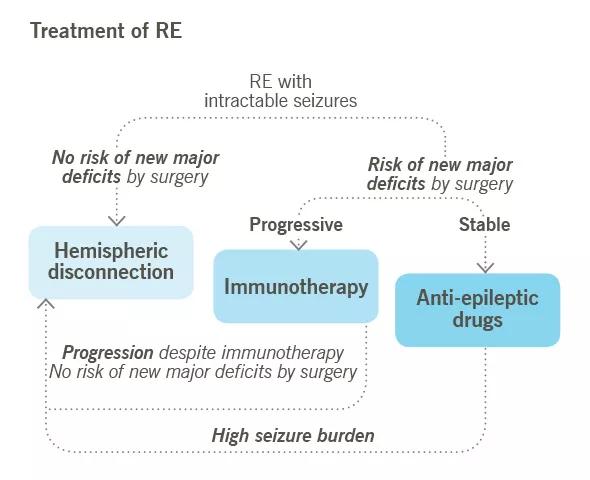
Figure 3. Treatment options for RE.
Hemispherectomy or some form of hemispheric disconnection is the most effective treatment leading to seizure freedom. Though several variations of hemispherectomy are available, all procedures aim to disconnect the diseased hemisphere from the opposite hemisphere and the brain stem. In our recent study at Cleveland Clinic examining longitudinal outcomes of 170 children after hemispherectomy (see Suggested Reading), 71 percent of 21 patients with RE were seizure-free on long-term follow-up.
No anti-epileptic drug is particularly effective in RE. Surgery is undertaken when there is no additional risk of neurological deficits after hemispherectomy. In an ideal candidate, hemispheric disconnection offers maximal chances for seizure freedom without the risk of additional neurological deficits.
Advertisement
In practice, surgery is usually considered when patients lose hand function on the affected side. Rarely, some patients with life-threatening recurrent status epilepticus may be subjected to hemispherectomy even in the absence of hemiparesis. Focal cortical resections have not been found to be of benefit in RE.
The presence of inflammatory changes on pathology and early reports of an association with the Glut3 receptor antibody prompted clinicians and researchers to try various forms of immunotherapy. Autoimmune disorders may be viewed as “autoimmune errors” committed by the host’s immune system. Recovery from autoimmune disorders depends on the host’s ability to correct its own error. In some autoimmune disorders, this occurs in a few weeks ‒ and in others, a few years. Immune therapy reduces ongoing injury when the organs self-correct the autoimmune error.
As a general rule, in most autoimmune disorders, immunosuppression reduces injury by inflammation but has a minor role in reversing the primary disease process itself. Injury to the brain, unlike other organs, is frequently irreversible, resulting in debilitating neurological deficits. For this reason, every attempt should be made to preserve function in patients who are not candidates for hemispherectomy.
The effect of immunotherapy on the course of RE is still modest at best. The goal of “no seizures and no progression of disease” by immunotherapy remains elusive. Initial reports of steroid use (pulse intravenous steroids followed by oral steroids) have revealed only short-term improvement with no benefits in long-term outcomes. Side effects related to long-term use of steroids further compromised any benefits.
Advertisement
Currently, most centers use intermittent intravenous immunoglobulin (IVIg) or continuous tacrolimus as long-term immune therapy. A recent trial of IVIg vs. tacrolimus in RE showed a decrease in progression of neurological deficits in some patients, but there was little effect on epilepsy.
In short, immunotherapy may delay the onset of neurological deficits, but it does not reduce seizure burden. This may at times lead to a protracted course of continued seizures (prolonged active stage) without hemiparesis, making surgery undesirable. Nevertheless, immunotherapy remains an option and should be considered in patients at risk for major deficit(s) after surgery.
The combination of immunotherapy agents (e.g., IVIg and tacrolimus) and newer biologicals used in other autoimmune diseases may be considered for trials in RE. Rare patients who have fairly well-controlled seizures without clinical evidence of progression may be observed with anti-epileptic drugs alone.
Hemispherectomy remains the best available treatment for intractable epilepsy due to RE. Further research on pathogenesis and treatment may guide us toward the elusive goal of “no seizures and no progression of disease” without surgery.
Dr. Naduvil is a pediatric epilepsy staff physician in the Epilepsy Center in Cleveland Clinic’s Neurological Institute. His specialty interests include epilepsy surgery, etiology of epilepsy-metabolic disorders, genetic and autoimmune disorders, and the ketogenic diet in epilepsy.
Advertisement
Advertisement
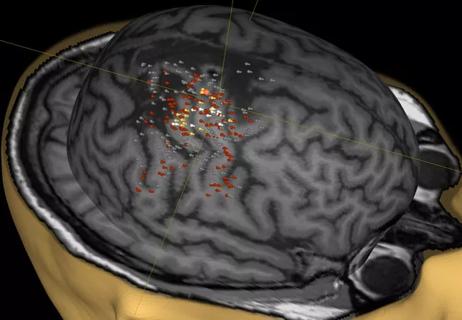
A noninvasive approach to map eloquent areas before surgery
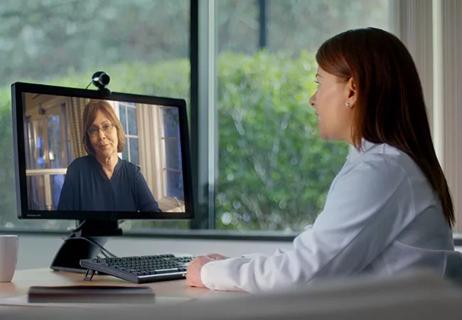
Physician reimbursement policy experts join forces with IT and coders to enable digital transformation

Minority Stroke Program focuses on outreach to racial and ethnic minority communities

Metrics support proactive cognitive care, demand more research
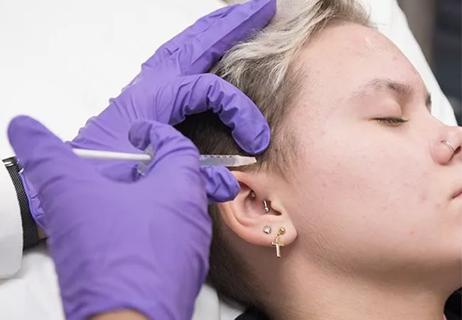
Excellent response seen with ongoing use in patients as young as 11

Q&A with a psychiatrist in Cleveland Clinic’s Transgender Surgery and Medicine Program

Time constraints, language barriers, substance misuse, mood disorders targeted for improvements
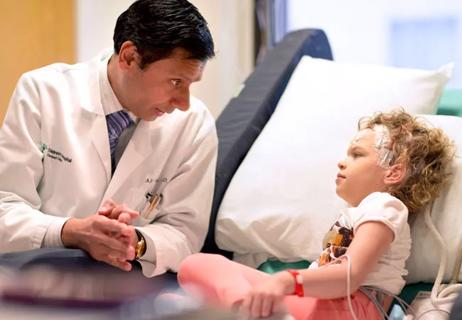
Project draws $1.6M to leverage telemedicine to create medical home, ease transition to adult care